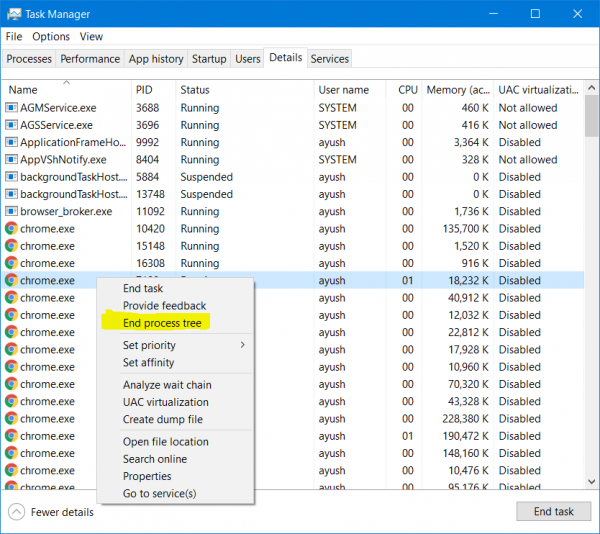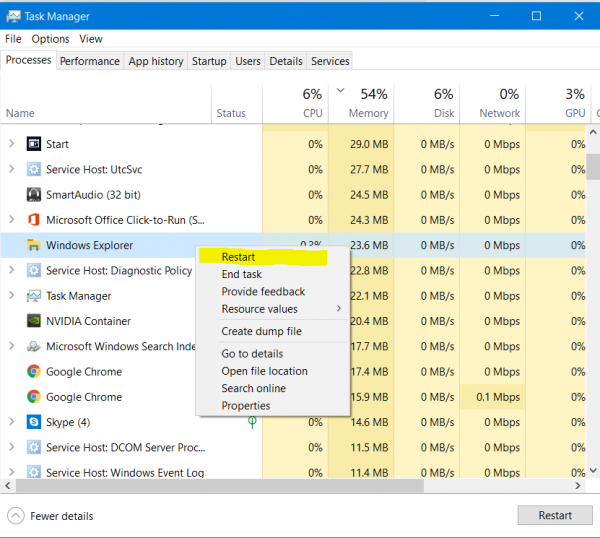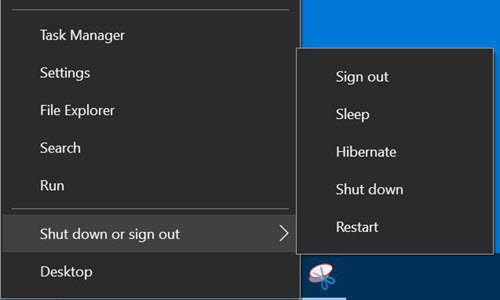The Registry Editor is an in-built utility that comes with Windows OS. It contains all the low-level hierarchical data configuration for the Windows 11/10 operating system, its kernel, drivers, the application programs installed on top of it, and more. This means that some settings that cannot be toggled using the application interface can be modified using the Registry Editor – if the right keys are found and are modified as required. But the main issue is the fact that, in many cases, the user needs to reboot their computer to find the registry modifications in effect. But today, we will discuss how to opt out of this time, taking the rebooting process and making it faster.
Make Registry changes take effect without restart
It is worth noting that the operating system, application program, kernel or driver loads the configurations as given in the Registry Editor when it boots up.
We will be discussing the following three methods that will help you to avoid the need to reboot after making changes in the Registry Editor-
- For a particular program.
- For the Explorer.exe process.
- Sign out and Sign in.
1] For a particular program

This works only in the case of a particular application or program.
Open the Task Manager and click on the Processes (Details) tab.
Look for the process entry that powers your affected program.
Right-click on that specific entry and select End Process Tree.
This will kill all the main and supporting processes for the particular application.
Now launch the killed application again, and check if it loads the new modifications that you just applied.
2] For the Explorer.exe process

This method is applicable when you make changes to Windows 10’s Shell UI and other visual modifications to the Registry entries from the Registry Editor.
Open Task Manager and click on the Processes tab.
Look for the process entry that is named as explorer.exe.
Right-click on that specific entry and select Restart.
This will kill and launch the Explorer process that powers these shell and UI based elements again.
Check if it loads the new Registry modification that you just applied.
3] Sign out and Sign in

If none of this helps and you have a modification made on the driver or kernel level, the only resort other than rebooting your computer is to sign-out and sign in to your user account again.
Right-click on the Start Button to open the WinX Menu.
Click on Shut down or sign out and then on Sign out.
It will take you to the lock screen after signing you out. Reenter your PIN or Password to sign in to your user account again.
That’s it!
Read: Registry changes not saving after reboot or taking effect.